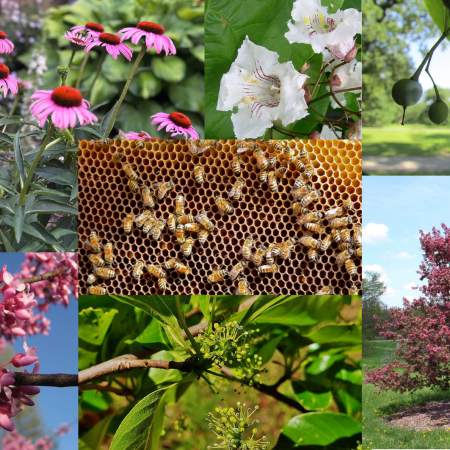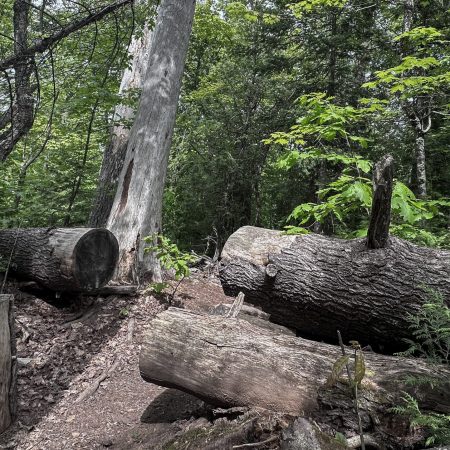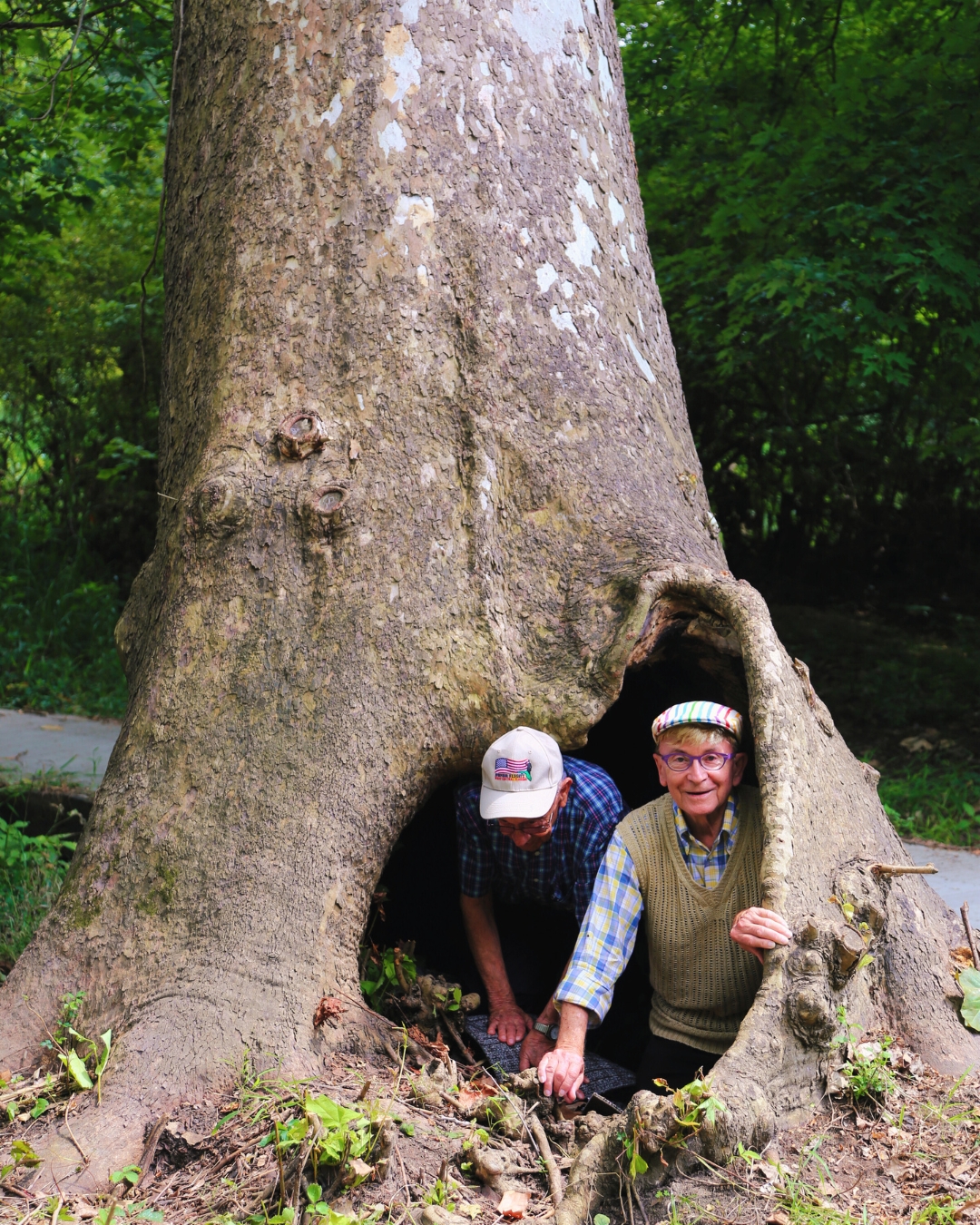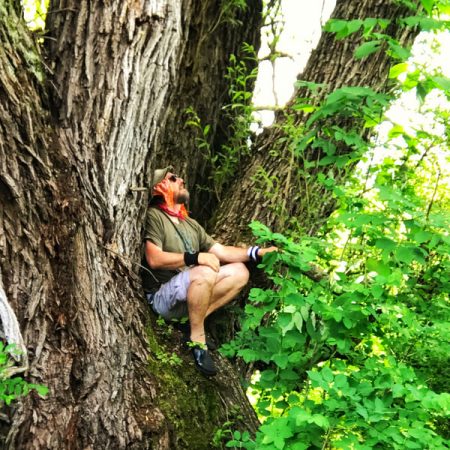Master arborist: Plant native trees, flowers to help support Michigan’s pollinators
National Pollinator Week — held annually in June — is a time dedicated to informing the public about the benefits and struggles of pollinators.
In Michigan, pollinators are essential for crops like apples, blueberries and more. They produce around $1 billion in crops each year for the state, according to a collaborative study between Wayne State and Michigan State universities.
Although pollinators provide many benefits, their populations are shrinking because of human activity. Insecticides kill off swaths of the bee population, and pollinators in general also deal with habitat loss and intense heat waves.
One of the best ways to help save bees, birds, butterflies and other pollinators is planting a tree that will house and feed them for years to come.
The need for trees
Trees provide more than just flowers and nectar. According to Michigan-based Master Arborist Luke Brunner, several bee species depend on tree leaves for nourishment during their early stages. They also provide fruit that birds and other pollinators eat, as well as shelter.
Some of the native trees Brunner recommends to plant on behalf of pollinators include:
These trees range in size and provide different benefits. Brunner notes that the Black tupelo isn’t seen much in Michigan these days. Its range lies mostly to the south, but it notably provides early spring blooms for pollinators to gather nectar from.
Right plant, right place
Brunner encourages planters to think about the size of the tree they’re placing years in the future to make sure they pick an appropriate space for it. Knowing the height of the species when it’s mature will help determine a good placement so that it can be enjoyed by people and pollinators for years to come.
There is a simple alternative for those who don’t have the room or ability to care for a tree but still want to help pollinators: put native flower and grass seeds in a pot and let them grow.
“Just one square foot will hold a lot of flowers and you can put that on your porch, on your apartment balcony, in your backyard, just about anywhere,” Brunner said. “If you can do your part to plant some wildflowers or a small tree or something to bring them into your yard, it’s really going to help the environment.”
Trusted, accurate, up-to-date.
WDET strives to make our journalism accessible to everyone. As a public media institution, we maintain our journalistic integrity through independent support from readers like you. If you value WDET as your source of news, music and conversation, please make a gift today. Donate today »
The post Master arborist: Plant native trees, flowers to help support Michigan’s pollinators appeared first on WDET 101.9 FM.



